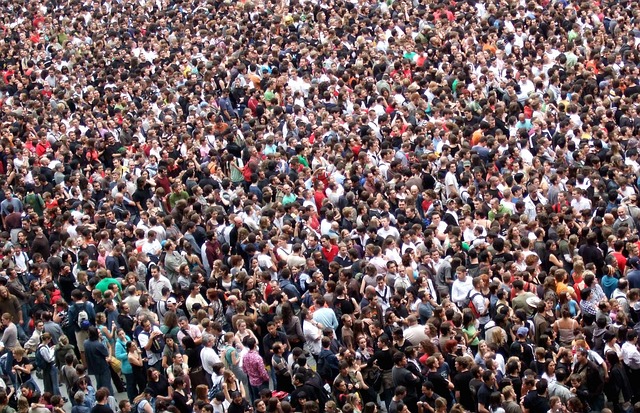
You are confined. Trying to dance in your own narrow sliver of space that you’ve managed to carve between the swarm of people squashed together.
The person beside you crashes into your back. There is no room to replace your feet in the small patch of dance floor you have at your disposal. You are forced forward without any way of grounding yourself again. Panic sets in as you grab the air. But the person on your other side is standing sturdy, planted firmly on the ground. They block your fall, and you are back safely upright. Crisis averted.
Now, imagine there is no one to catch you. Every person is falling in a domino fashion, crashing on top of each other, with nothing to grab onto for refuge. This is a human crush.
Over 150 people were killed in a human crush in Seoul, South Korea at the end of October. A crowd of roughly 10,000, mostly young adults, filled the narrow, sloping streets of Itaewon to celebrate Halloween. After 10pm calls were made to emergency services in the area about people falling over without being able to breathe or get back up. Many survivors reported breathing difficulties while being entrapped in the crush. The crowd was wedged between buildings on the skinny, winding streets making it extremely difficult for emergency workers to get close enough to victims to offer aid.
Needless incidents such as these are becoming far too common.
Last Friday marked the one-year anniversary of another devastating crush in the U.S. Ten people died at a Travis Scott concert in Heuston after the crowd formed a mosh pit.
Just three years ago, we had a similar tragedy in Ireland, three teenagers were killed in a crush that occurred while queuing for a St Patrick’s Day disco in County Tyrone. Young lives are being lost across the globe because of this growing phenomenon. We must uncover why these seemingly avoidable tragedies are happening.
It is often assumed that human stampedes occur as a result of mass panic, but this is usually not the case. Generally, people don’t even realise that there is a problem occurring until it is too late.
Anna Sieben, a professor at the University of St. Gallen in Switzerland has been specialising in crowd dynamics for most of her career. She told the Filipino news outlet, ABS-CBN, that there are three main components that contribute to creating a crush in a crowd.
The first contributor is ‘poor event organisation or miscalculation of the number of people in attendance,’ said Sieben. Usually, we are at some form of leisurely event when we find ourselves in a crowd; such as a nightclub, concert or match. The nearest exit is usually not the first thing that comes to mind, but it should be.
We cannot always trust event organisers to pay necessary attention to risk assessment. Infamous events such as the Fyre Festival and TanaCon have proven that. We need to take it upon ourselves to make a habit of assessing our exit routes and comfortability when we are in a sea of people. As demonstrated in these tragic incidents, failure to do so could cost lives.
The second factor that may cause such an occurrence is if ‘people who make up an already dense crowd want to get somewhere at the same time.’ Whether it’s a rush to escape a fire or a desire to get closer to an artist, this is a common, seemingly harmless occurrence.
However, G Keith Still, a professor at University of Suffolk explained to The Guardian how detrimental this movement can be:
‘A densely packed group exert pressure on each other but are kept in place by pressure from the other side. A shockwave through the crowd or a slip can cause a fall,’ said Still, ‘others fall into the new space, and more follow them until the pressure eases. That process can create a ripple effect of similar holes elsewhere.’
‘People in the back don’t realise what is going on in the front.’
The third contributor, is ‘the slow travel of information’ said Sieben, ‘people in the back don’t realise what is going on in the front.’ Many people stay silent on these events for fear of alarming people unnecessarily or prematurely. However, it is essential to be as vocal as possible so that your message can get across before it’s too late. This will hopefully give people enough time to react and prevent the tragedy entirely.
Always ensure you consider the risks before joining a crowd. If there are 6 people or more per square metre, it is unsafe, and you should leave immediately. Always consider the exits and your proximity to them.
It seems frivolous when we are out enjoying ourselves, but failure to do so could cost you your life.
By Lauren Walsh
Image Credit: Pixabay
